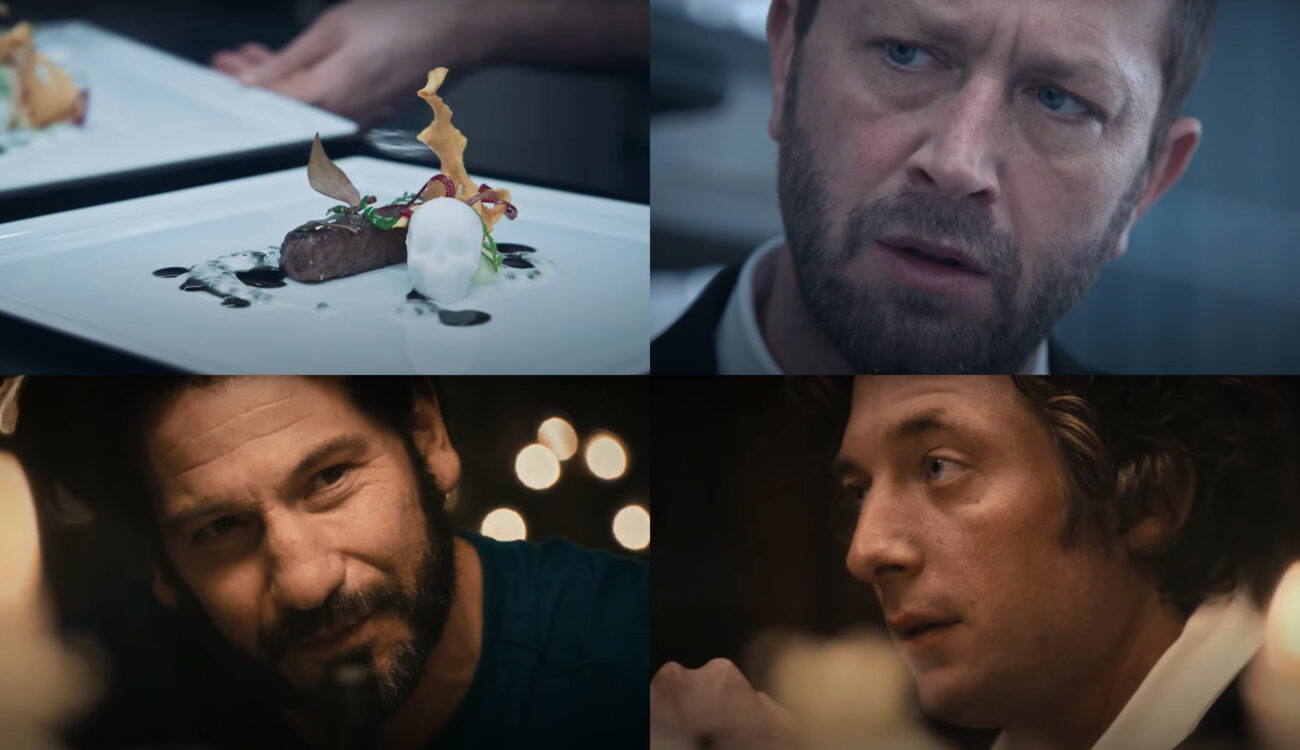
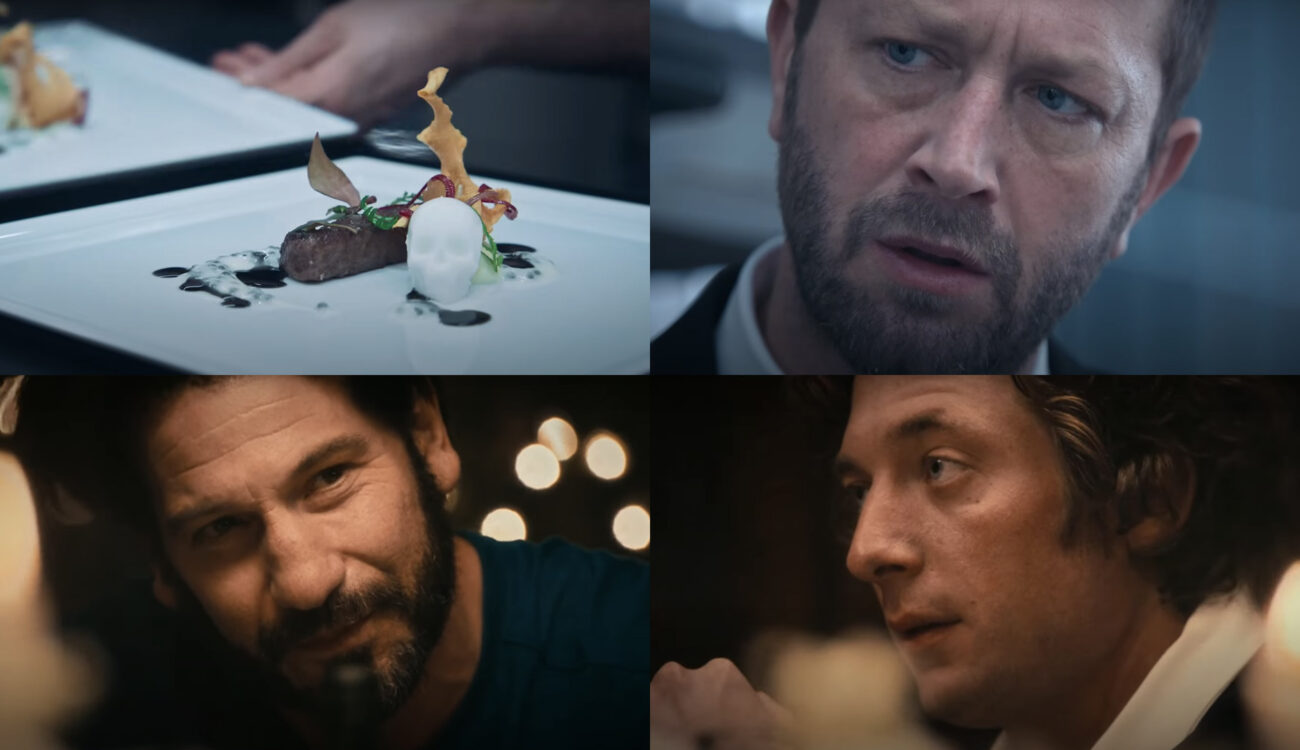
The award season is in full swing, and wow, it’s exciting to witness deserving filmmakers receive well-earned attention! Among them is “The Bear“, a critically acclaimed FX Productions show that took home 10 Emmys earlier this month and keeps the buzz going. If you haven’t watched this series, you should. It’s a firework of feelings and a rollercoaster ride that will make you hold your breath until your feet hit the ground. But how does it work? One of the biggest reasons why this show gets under our skin is the remarkable emotional editing. Here we will break down a couple of scenes and take a look from the editor’s perspective.
Although the judges of the Emmy Awards put “The Bear” in the “comedy” category, there is much more to it than just finding humor in daily life. The series follows a young, talented chef, Carmy (performed by Jeremy Allen White), who suddenly inherits his brother’s rundown beef sandwich shop in Chicago. Throughout two seasons he tries to make things work, while he and members of his team deal with issues of loss, grief, anger, anxiety, identity crisis, and stress – so much freaking stress!
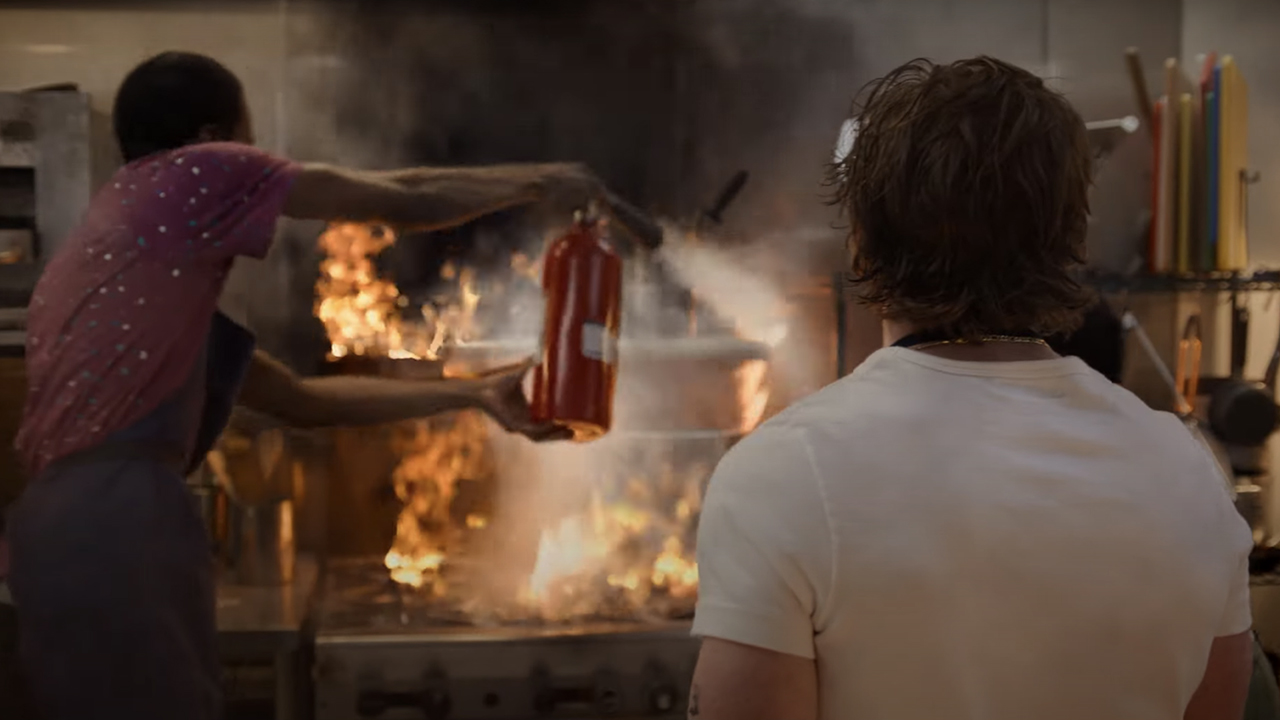
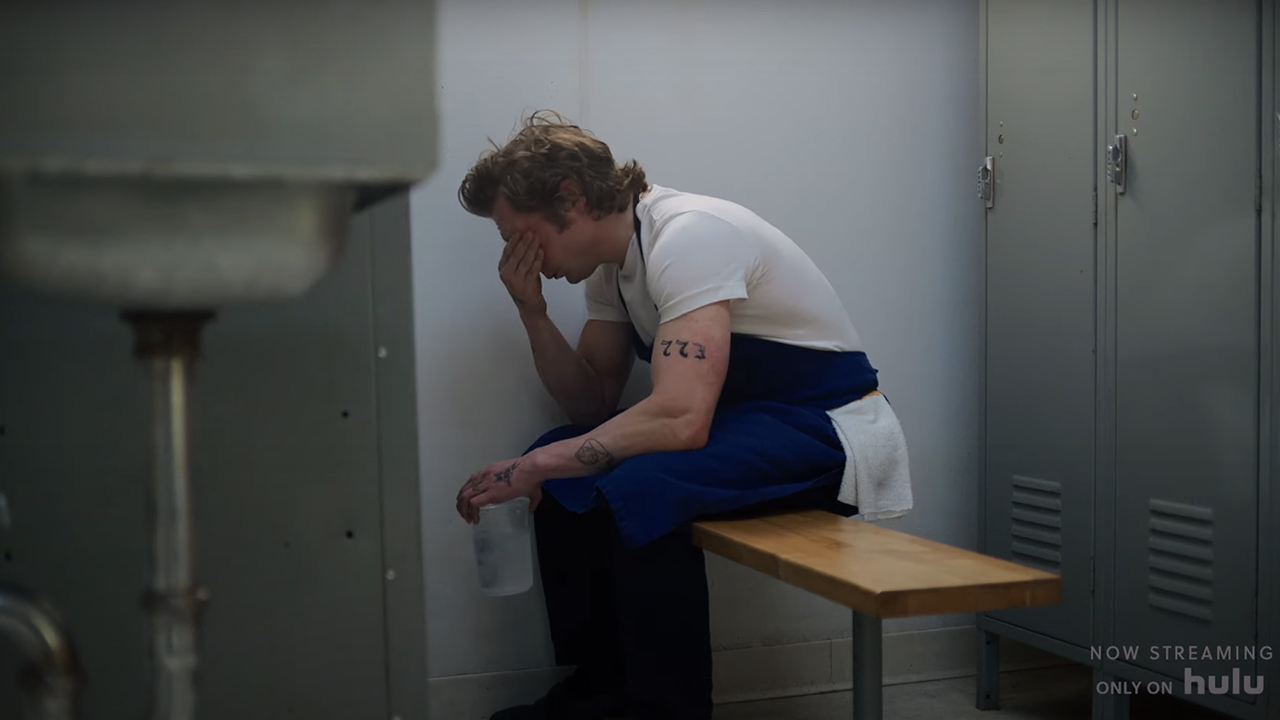
The script, cinematography, and acting are fantastic, transferring all these emotions straight into our heads. In addition, what truly dials up the show’s intensity to an extreme is undoubtedly its unconventional editing.
Stylistic choices for the editing of The Bear
First of all, if you’ve seen “The Bear”, you’d notice that this series: a) doesn’t follow the usual way of making editing invisible as is seen in conventional, modern dramas; b) follows no specific set of rules for editing and style. Sometimes, viewers get crazy pacing, fast cuts, and almost stressful amounts of motion in shots and transitions. A while later, the editors serve us quiet and abstract montage sequences. Suddenly, a whole episode in the middle of the season may play out as a spectacular one-off (yet, once again, creating an intensely emotional viewing experience).
It seems to me that the editing decisions in “The Bear” do not rely on one particular style, and this is so they can always serve the story in the best possible way. Every scene is different because editors try to give us the exact feeling of what’s going on in the characters’ heads and what is happening to them at the moment. The following montage is not a direct cut from an episode, but it gives you a decent understanding of the show’s energy and the kitchen’s chaos:
This editing style here is applied not because it looks cool (though, surely, a fun task to accomplish), but because it teleports us right into the kitchen‘s atmosphere.
People shouting directions: “corner” and “behind”, a continuous stream of order receipts, disturbingly loud music, lots of close-ups, crash-zooms, ticking time… All that spikes the cortisol level of viewers as they watch. I have friends who worked in kitchens like this and they say it gives them eerie flashbacks. Of course, the incredible pace of the editing is just one tool contributing to the impact of these scenes.
High intensity and high contrast
The high pace in the editing of “The Bear” kitchen scenes works so well because the creators remember two things. First, they are careful in what pieces they assemble. As one of the editors, Joanna Naugle, ACE, explains in The Editing Podcast, whenever she cuts this kind of scene (like the show’s amazing intro montage), she needs a lot of shots with bursts of energy. They go through all the footage and intentionally choose the right kind of close-ups (dialing up a clock or someone starting a fire, for example), and then add the footage with motion (including camera techniques like snap zooms or quick pans, and action in the frame). No shot in a high-paced sequence should suck out the energy – that is what she continuously double-checks.
The second important tool is high contrast – including the slow scenes where characters do come out of this chaos, have a meaningful conversation, or feel an internal release. A good example here would be a dialog between Carmy and Sydney in the backyard when both are on the verge of a breakdown and need a pause. That’s also a moment where the audience gets a second to unwind with them, before heading back into the stressful hell of a kitchen.
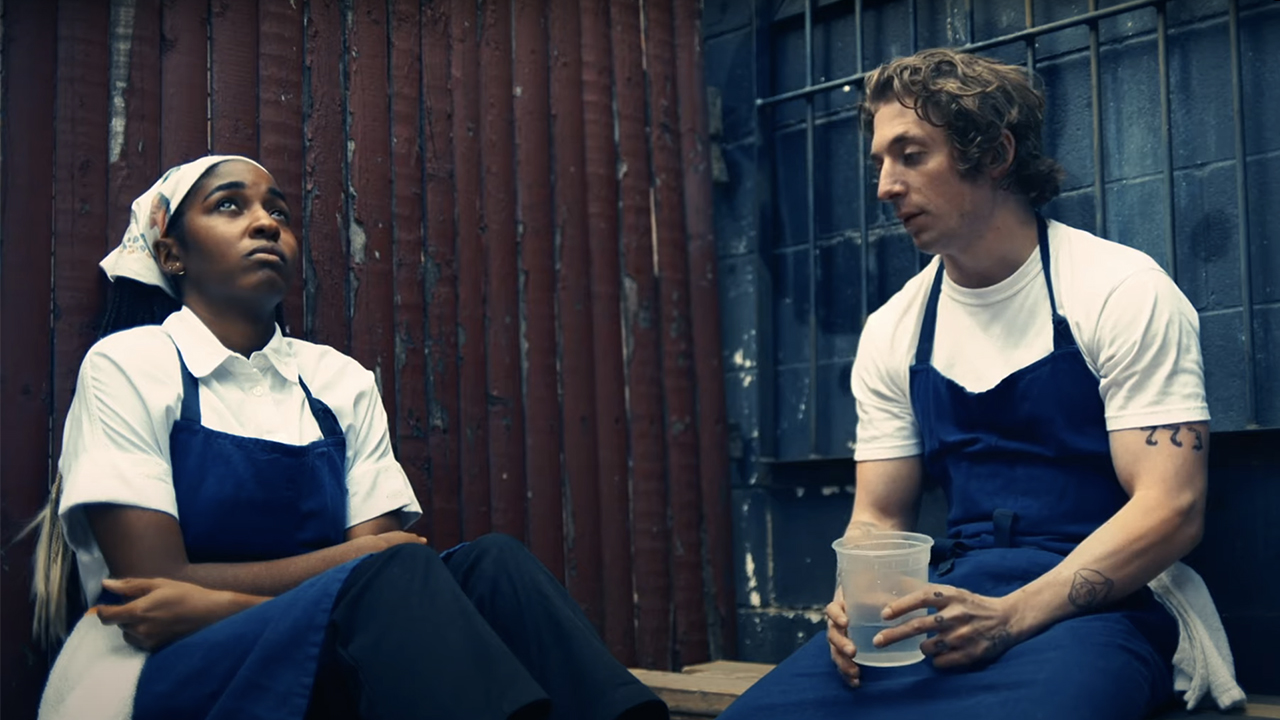
Does this rich-in-contrast approach make us feel like we are on an emotional rollercoaster? Yes, it does.
Using reaction shots in the editing of The Bear
It isn’t just the scenes in the kitchen that push us into these intense feelings though. One of the phenomenal episodes from Season 2, which gives the audience a bit of Carmy’s background story, is called “Fishes”. It’s a family gathering, yet the type you would gladly avoid. Personally, I couldn’t sleep after watching this episode, and not only because of the stressful rhythm.
There is one scene toward the end that stands out. After a heavy mix of loud music, endless overlapping dialog, chaotic sounds from the kitchen, and fantastic “on edge” performances from the actors, the family finally sits down and everything is quiet. However, the intensity moves to another extreme. To give you an idea, here’s a small part of this scene:
Why is it so intense? One of the editing tools that Joanna Naugle uses in this scene is prioritizing reaction shots. That’s right, in almost half of the table discussion, we don’t see the ones who speak or act, but those who watch and react. The feelings of anger, confusion, embarrassment, and uneasiness permeate the surroundings, and we feel it, too. As Joanna shares in an interview, she had to go through hours of footage to find these exact moments of reaction in the performances.
I think by watching people react to what is going on, that’s actually how you’re being able to build the tension in the scene, and I think that’s actually how you’re able to connect where everyone’s headspace is, as much as possible.
Joanna Naugle, one of the editors of the show
In the entire scene of “The Bear,” the protagonist Carmy remains silent, uttering not a single sentence. However, by looking at his different reactions to the conflict and how they change, we surely get the emotional arc of the character and understand a lot of his backstory, which has a huge impact on his life afterward.
Establishing character’s point of view
Editing scenes with a lot of characters could be a huge challenge. You don’t only have to clock who’s watching who and follow the correct geography of the setup, but also fit each of your shots into the flow and pace of the overall scene.
In the MZed course “The Art and Technique of Film Editing” the accomplished editor Tom Cross imparts a fitting lesson. In the example of a similar table scene in “Whiplash”, he shows some tricks on how to approach this kind of sequence.
First of all, in his opinion, you should ask yourself: “How do I cut in a way that I get into this character’s head?” Tom likes to start with editing silently. That helps him to concentrate on the eyes and gazes, which can tell so much – a similar idea to using reaction shots in “The Bear”.
Another important tip is to re-read the screenplay and establish whose scene it is. Is there a main character? Whose point of view do you need to get across? In the “Whiplash” example, it’s definitely Andrew and his drastic change in attitude as the discussion evolves.
In cases where a scene centers on a conflict between two characters, as seen in the above-mentioned scene in “The Bear,” Tom suggests initially editing only that interaction, placing a strong emphasis on it. Afterward, you can go back and look at how you can incorporate other people in the scene, and give them a place and a goal within it.
Close-ups and recurring shots to support the character’s arc
Reaction shots are generally an important technique in “The Bear”, which editors also apply for storytelling reasons – for example, to communicate the character’s arc. A perfect showcase here would be Richie’s development in the episode called, “Forks”. Initially, he hates his internship at a high-end kitchen restaurant and sees that as a punishment. Yet look how he learns to observe and appreciate the hard and precise work happening before his eyes:
I tried to really lean on the moments and kind of stolen looks in a lot of his close-ups, showing Richie internalizing and taking things in.
explains Adam Epstein, one of the editors, in this interview
Some of these moments are very short, as time is another significant tool at the editor’s disposal. How many seconds do you give one shot and when the right moment is to cut away from it affects how the viewers perceive characters and how they relate to them. Quick close-ups of Richie’s eyes as he listens and learns are effective here, particularly because we already know him. We had already had enough long sequences that lingered on his performance and dove deeper into the understanding of his character.
Another editing tool worth mentioning is the use of recurring shots. For instance, the “Forks” episode begins with a close-up of an alarm clock, and later in the scene, it repeats several times, visually showing the character’s progress. Initially, Richie strikes the clock in frustration, but as the story progresses and he is doing great, he is up before the alarm goes off. And when his mood is low, he sleeps late.
Montage as an impressive editing tool for The Bear
As already mentioned above, “The Bear” is also full of beautiful montage sequences. Sometimes they can be abstract. For example, when Sydney travels around the city and gathers inspiration for a new restaurant menu, editing becomes truly creative:
What do we see here? Little to no dialog (almost in the entire episode!), no exposition, no scripted scenes. This particular sequence was shot more in a documentary style, so editing takes over storytelling. According to Joanna, the idea behind it was to visualize what creative inspiration might look like. That’s why she tried to find connections between the footage and used a lot of match cuts, music, and of course, close-ups of the actor’s face. We see Sydney’s mouth when she tastes things, and her eyes, whenever she has a new thought or idea. Again, her reactions tell this quiet, inspiring story without the need for elaborate dialogue.
Sounds and what they can bring to the table
When your cuts often last only 10 frames, sounds become extremely important. They help viewers comprehend the contents of fast-paced sequences more easily, and that’s also true for “The Bear”. Say, you see a steak in the frying pan for only a brief moment, but when you hear its hissing beforehand, you use two channels of perception instead of one and connect the dots quicker. It helps to glue the montage seamlessly, explains Adam Epstein. He also mentions that he never worked as much on sound design as when he worked on this show. Creating full sound beds and setting the audio tone for different story parts, characters, and locations was indeed a huge editing tool in “The Bear” as well.
By the way, Adam Epstein has a detailed course on editing on MZed.com, so you can learn more about how he approaches different workflows, storytelling, and even the technical challenges of his job.
What do you think about the emotional editing of “The Bear”? Did you experience moments when it seemed “too much”? Are there any other tools that you noticed being frequently used in the show? Let’s talk about this amazing series in the comments below!
Full disclosure: MZed is owned by CineD
Feature image source: Film stills from “The Bear” by Christopher Storer (FX Productions), 2023.






